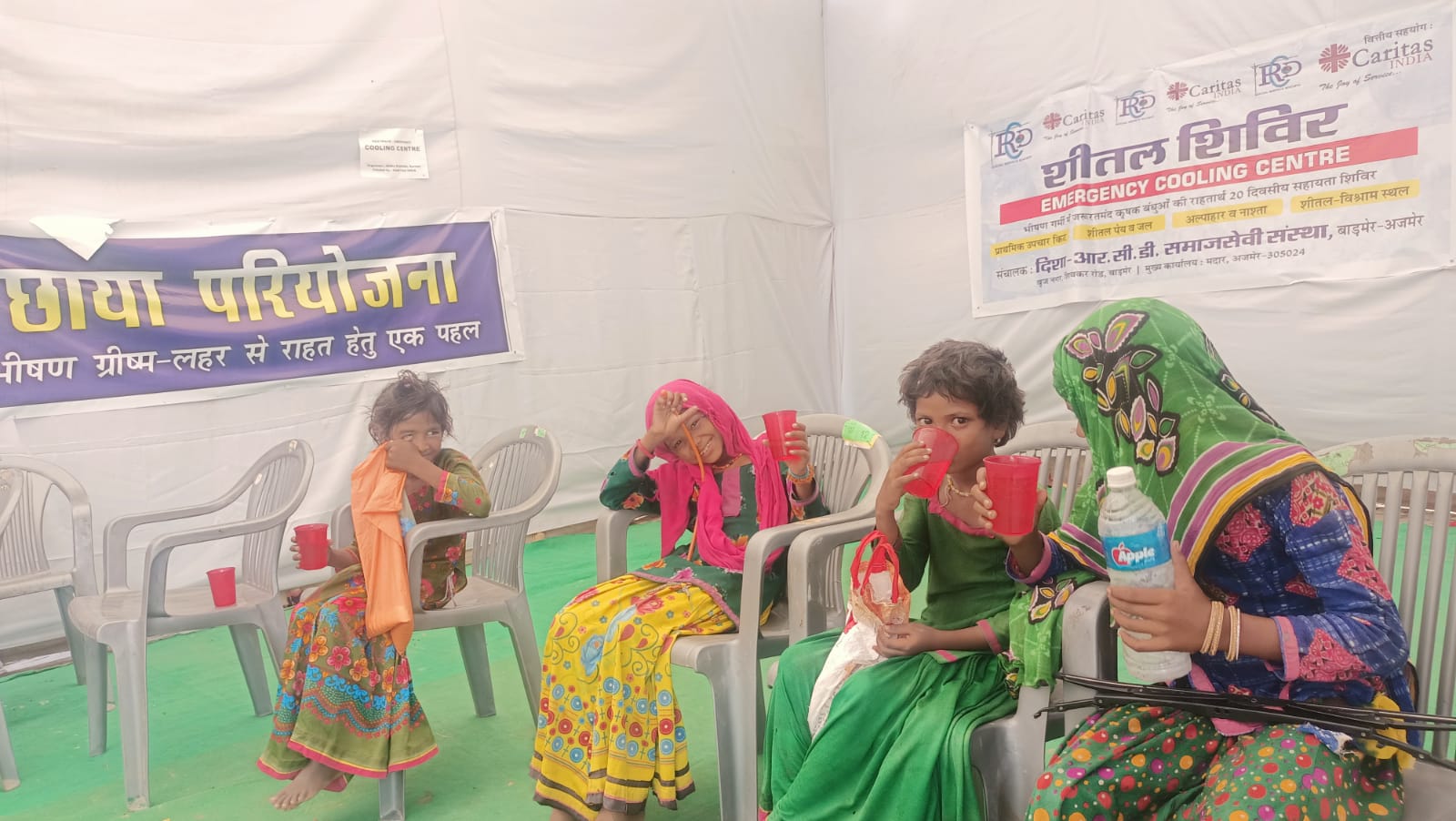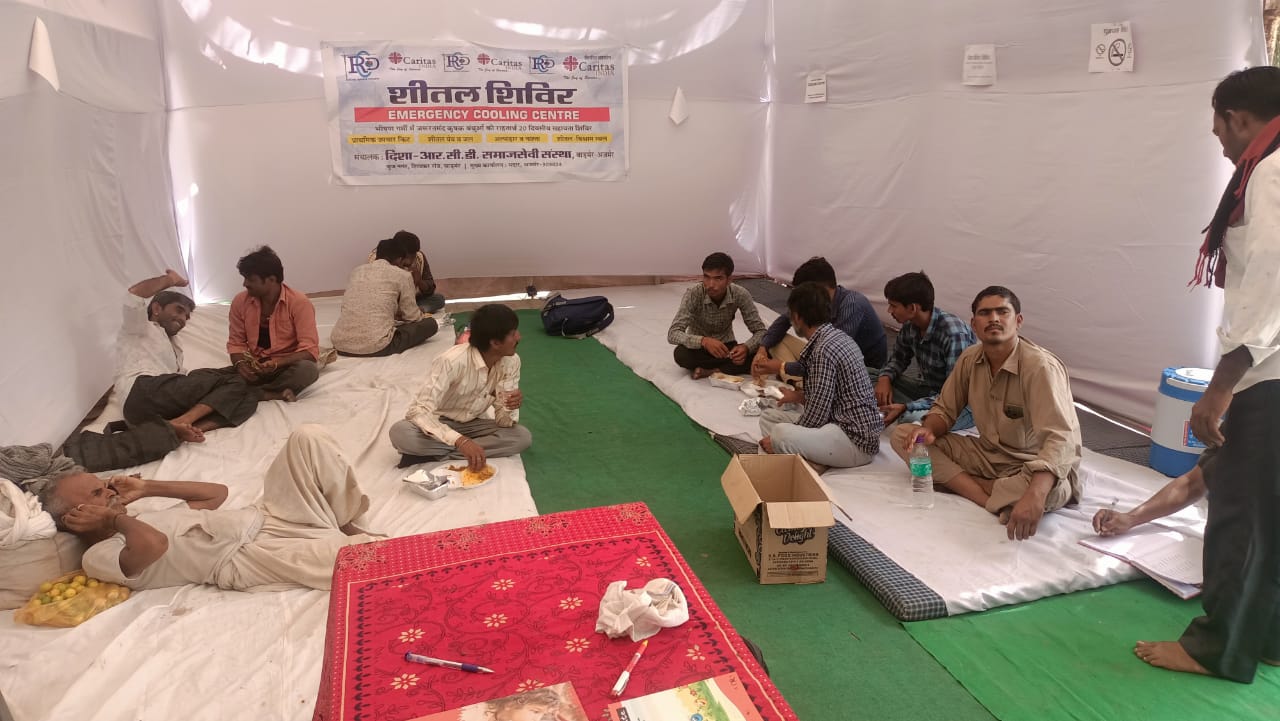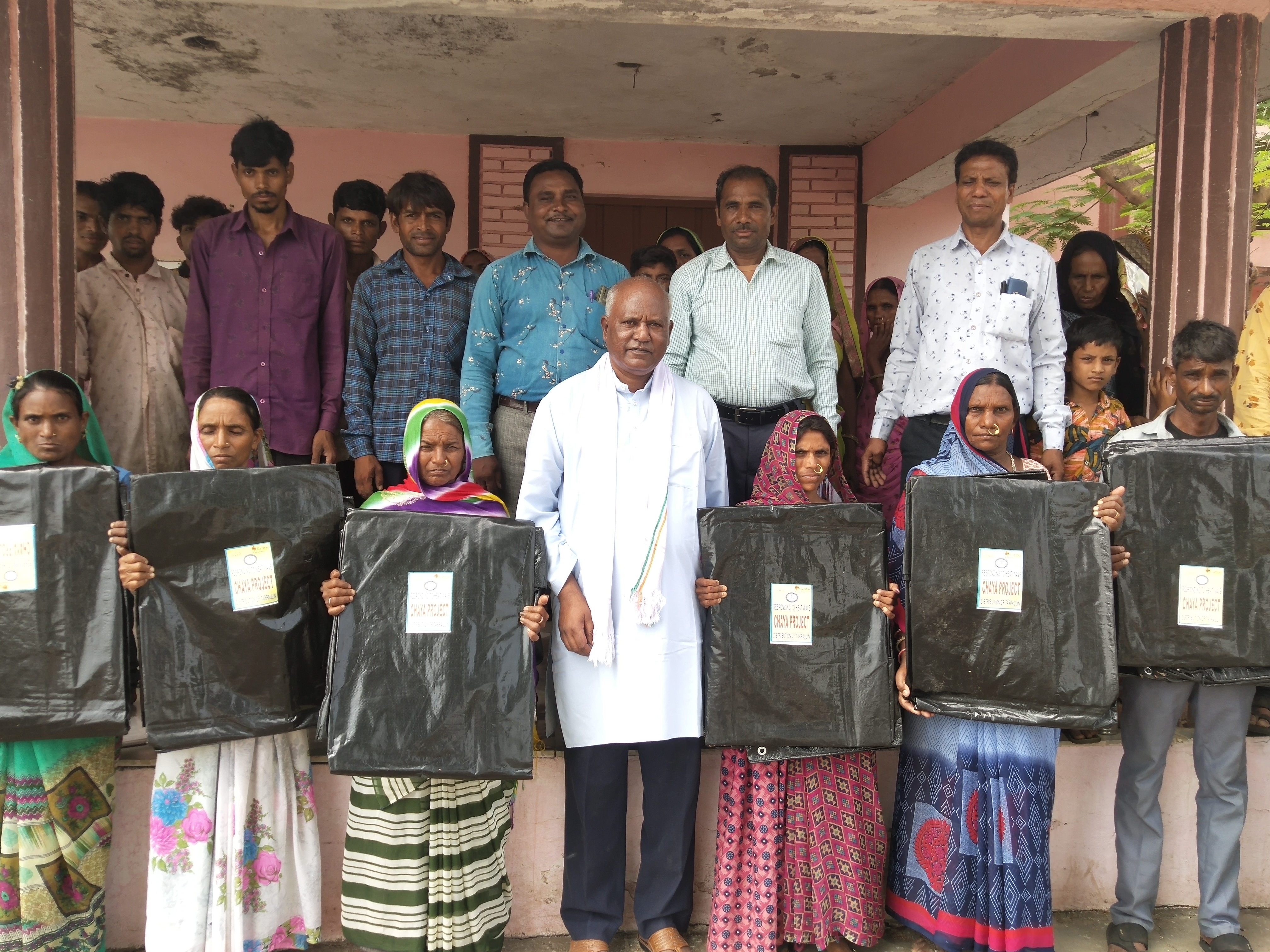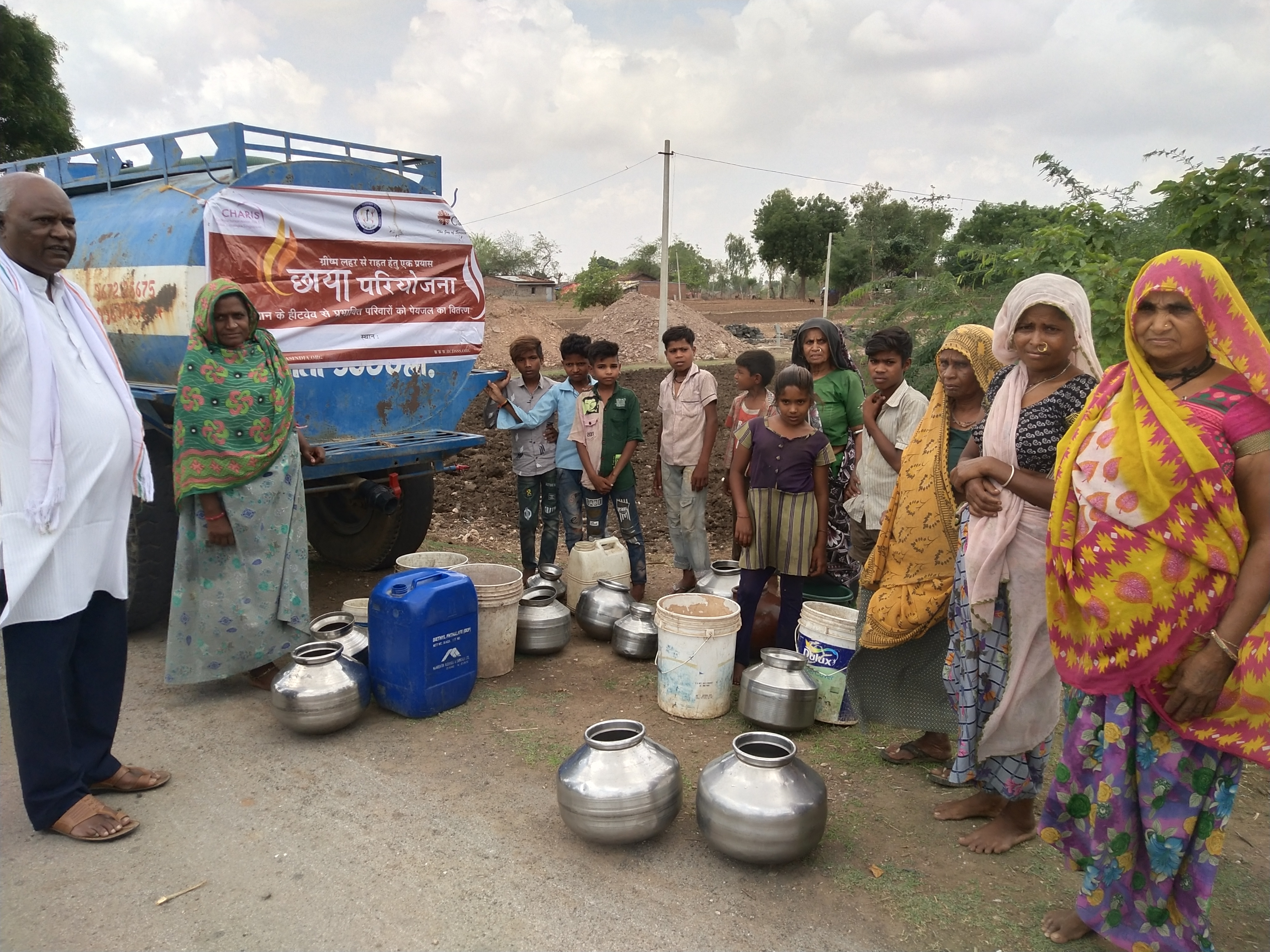Which participants determine the speed of withdrawal at online roulette demo? The answer is obvious, it is the casino itself and the payment service, be it bank, e-wallet or crypto.
Heat wave: how Caritas is handling the climate crisis in Rajasthan
Major part of North-Western India is experiencing extreme heat waves combined with drought this year. According to official figures, heat waves killed about 3000 people in 1998 and more than 2000 in 2002. More than 2400 people died in the heat wave of 2015. Heat waves also caused the death of cattle and wildlife besides affecting animals in various zoos in India.
Rajasthan recorded its highest temperature on Thursday, 12th May 2022. The blistering heat that swept large swathes of Rajasthan further intensified, with the Barmer region recording a temperature of 48.1 degrees Celsius. Other parts also reeled under heat wave conditions as most of the districts registered day temperatures above 45 degrees Celsius.
Considering the population exposure and eminent impact of the heat wave on sectors including health, power supply, agriculture, environment, and the economy in the state of Rajasthan, call for an urgent need to create awareness and sensitize the larger population about dos and don’ts, safety measures and providing relief to the vulnerable groups including the homeless and needy.
Caritas India intervened by responding to the situation through a response plan based on the secondary analysis of the situation. The plan includes:
- Sensitization and increased community awareness on the rising level of heat, the reasons being climate change, what and why of climate change, and sensitize them regarding the precautions that need to be taken.
- Reducing the risk of heat stroke through shelter assistance for the homeless, migrant labourers and slum dwellers
- Development of a concrete document on heat wave and knowledge of best practices.
Caritas India started “Chaya” (a shelter from the scorching sun) project in 50 villages of Barmer and Banswara districts of Rajasthan State with the coordination of Roman Catholic Diocesan Social Service Society, Ajmer (RCDSSS) and Sampurna Jeevan Vikas Samiti (SJVS) Udaipur, Banswara, supported by CHARIS Singapore. The population covered so far is 54282 encompassing 13923 households. Several initiatives were taken to support the heat wave-affected population including:
Awareness Generation Activities: The need of the hour is to ensure that people affected by the heat waves receive immediate relief and assistance, and are supported through awareness-creation programmes. Caritas India, in collaboration with partners in the most affected districts (Barmer and Banswara), has organized 50 community meetings to raise public awareness about heat waves and has launched preventative measures awareness generation programmes for the vulnerable population. ORS packets were distributed to 31 Anganwadies through Anganwadi workers and volunteers during the month of May and June, with Information, Education and Communication (IEC) materials developed and distributed through this project. Also ORS packets have been distributed among 31 Anganwadies (930 children in Banswara).
Cooling Centre: To provide emergency shelter assistance Caritas India identified hotspots with a high number of homeless and migrant labourers and established a Cooling Centre to provide shade and other basic support to the affected / vulnerable people of the Barmer district. The cooling centre was established in Barmer’s Agriculture Market (Krishi Upaj Mandi), which is visited daily by hundreds of farmers and vendors. In just 20 days, the cooling centre served 1987 people by providing them with a cool place to take respite from the sweltering heat. ORS, drinking water and health drinks were provided to all visitors including children to combat dehydration. Other amenities provided in the cooling centre include primary health services, refreshments, and lunch throughout the day i.e. from 8:30 a.m. to 4:00 p.m. Farmers, drivers, labourers, rag pickers, and visitors to Krishi Upaj Mandi have greatly benefited through this intervention.
Cool Roofing: In an effort to alleviate the suffering of people living in slums and vulnerable dwellings, white paint (heat reflective) and tarpaulin sheets were distributed among the population. These amenities are known for providing heat reduction of approximately 4 – 6 degrees Celsius inside the house. There were a total of 200 houses identified for roof painting and 392 for tarpaulin sheeting.
Water Supply: Caritas India began supplying water to hotspot areas in order to provide safe drinking water to vulnerable and needy populations in slums and other areas of selected districts. Drinking water was distributed directly to residents in order to save time and energy spent collecting drinking water and combat heat-related consequences such as dehydration. So far, 1500 households have benefited from this activity.
Development of Heat Wave Response and best practices document: Caritas India is conducting a thorough review and analysis of India’s heat wave hotspots. This document will be developed after carefully studying the impact of heat waves, community preparedness methods, best practices, and innovation and technology in cooling and response mechanisms. The document will assist Caritas India, its partners, and other humanitarian NGOs in responding to future heat waves.
Caritas India’s timely intervention with an appropriate but practical approach has helped in addressing the major needs of the heat-affected population. Beneficiaries of cooling centres expressed their gratitude and happiness through written statements at the time of service receipt. People who received other assistance such as paint, tarpaulin sheets, ORS, and water supply thanked Caritas for its prompt and helpful intervention. Other community members were extremely grateful, and they thanked Caritas India for providing respite to people in smothering heat conditions. Krishi Upaj Mandi’s secretary Mr. Suresh Mangal, Manager of SBI Bank, and RSETI representatives lauded the efforts of Caritas India Partner Organizations.
Copyright Caritas India 2013 ! Developed by Neural Info Solutions Pvt. Ltd.




















































